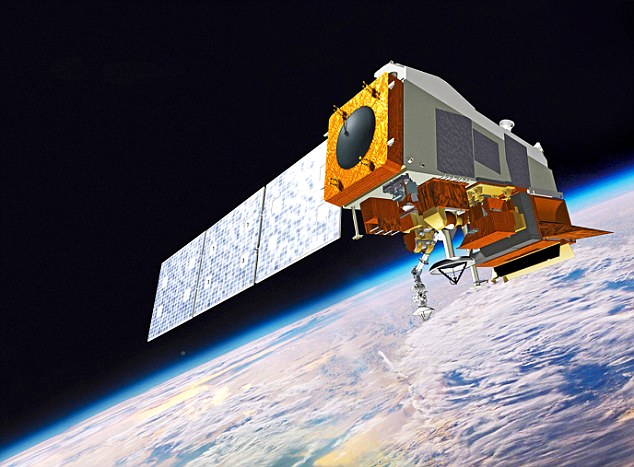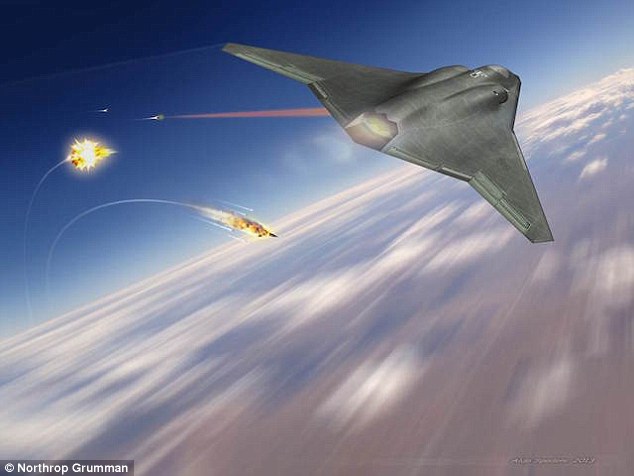New 3D optical display device levitates particles through the air to project a hologram-type image
07/19/2018 / By David Williams

In case you ever thought two-dimensional images were a bit lacking, perhaps the new technology developed by a group of researchers from Brigham Young University may interest you. According to the researchers, they managed to successfully develop a fully working “true 3D display” that is capable of projecting images into thin air. In essence, it’s able to show 3D images in mid-air, and functionally, the images are just like holograms.
In their paper, the researchers share the details of their method, which they said is for the creation of a “free-space volumetric display” that is capable of showing what can only be called “volumetric images.”
As for the actual technology, the researchers refer to it as “optical trap display” or OTD. Essentially, it can trap light in mid-air to show non-holographic 3D images. Daniel Smalley, the lead researcher on the project, said that it is a fairly straightforward process that isn’t that difficult to understand, once you get past all the technical terms.
According to Smalley, the projected 3D images begin with a dot. “You capture a particle in an invisible, or almost invisible ‘tractor beam,’ then you drag that around to every point of an image,” he explained. “When it’s in the right place, you shoot it with red, green and blue lasers to make it illuminate, and build up an image point by point, dragging this cellulose particular around as you go.”
In some ways, the method devised by the researchers is like 3D printing, using a floating dot in open space. But the method is performed at extremely high speeds, and the resulting images appear to be consistent and solid when seen with the naked eye. The visual image that is projected appears because the tiny particle glows as it goes through the specified path by the researchers.
For the most part, the method developed by the researchers works great. However, it has one caveat: it can’t be used to show images that are any larger than the tip of your fingernails. And not only that, it can take quite a while for the full images to be rendered. Certain images only need a few seconds, but some can go up to almost a minute before showing up in full.
With more time and resources, this technology could have a wide range of applications. Whether consumer-centric or business-facing, there can be many potential uses for 3D display imaging technology, and you can even see it now with currently accepted “3D” image and video methods.
Smalley and his colleagues are hoping that they can flesh out the idea with more research in the future, and for now they are just preparing to tackle any issues that might arise to hinder the development of the technology. “The breakthrough here, I think, is to create a 3D display platform,” he said, “that is capable of creating the images of science fiction.”
Although progress might seem slow at the moment, their current results show that they are definitely going in the right direction. Now, if only the speed of development could be as fast as the speed of light.
Check out more mind-blowing technologies in action at Inventions.news.
Sources include:
Tagged Under: 3d images, devices, floating images, future tech, gadgets, goodtech, hologram, innovation, inventions, light beams, non-holographic images, Optical trap display, science and technology



















